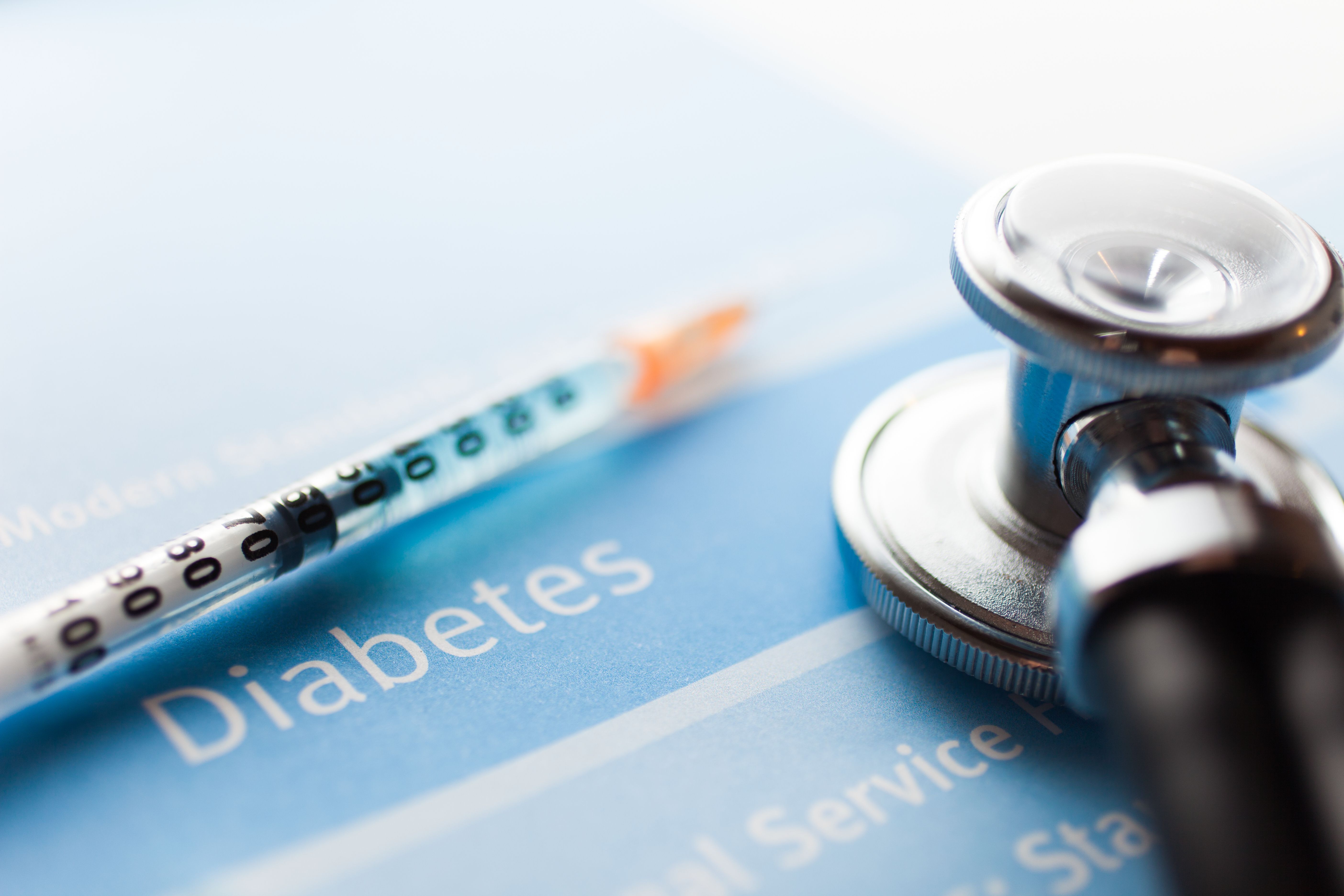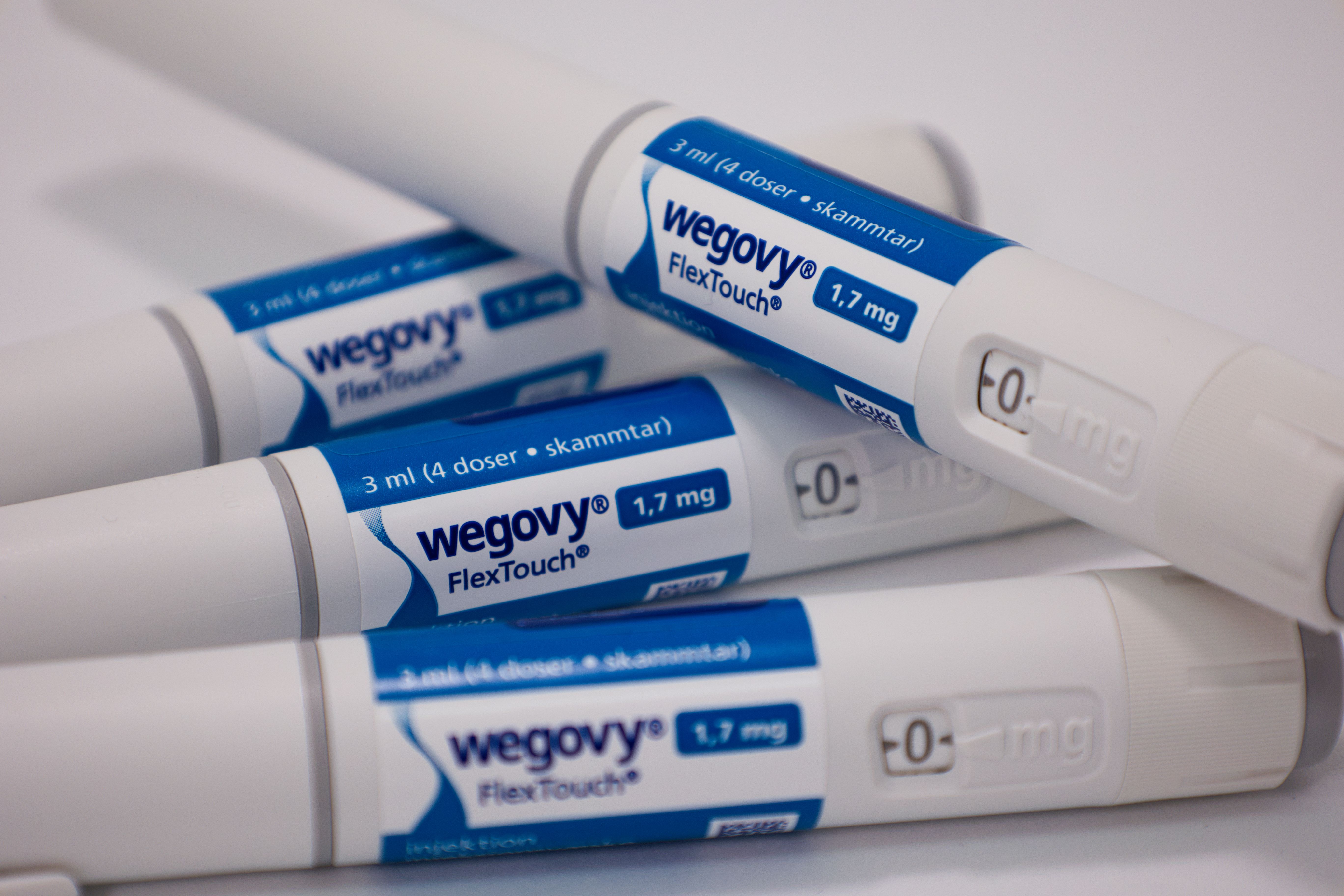Article
ACC Pathway Finds Empagliflozin "Preferred" SGLT2 Therapy for Patients With Type 2 Diabetes, ASCVD
Author(s):
The authors noted that until recently, medications to control blood glucose were not expected to offer any benefit in helping patients avoid cardiovascular events.
A new American College of Cardiology (ACC) Expert Consensus Decision Pathway states that empagliflozin is the preferred therapy among sodium glucose co-transporter 2 (SGLT2) inhibitors for patients with type 2 diabetes (T2D) and atherosclerotic cardiovascular disease (ASCVD).
The pathway document, which features a chart to guide cardiologists in clinical practice, was published this week in the Journal of the American College of Cardiology (JACC).1 The consensus document also finds that that liraglutide is the preferred treatment among a second novel class of T2D treatments, the glucagon-like peptide-1 (GLP-1) receptor agonists.
Empagliflozin is sold as Jardiance by Boehringer Ingelheim and Eli Lilly; liraglutide is sold as Victoza by Novo Nordisk.
Although cardiovascular disease remains the leading cause of morbidity and mortality in patients with T2D, the authors write that until recently medications to achieve glycemic control were not expected to offer any cardiovascular benefit. “The recent development of [2] novel classes of therapies—SGLT2 inhibitors and GLP-1 [receptor agonists]—has, for the first time, demonstrated that treatments developed for glucose lowering can directly improve outcomes,” wrote Writing Committee Co-Chairs Sandeep R. Das, MD, MPH, FACC; Brendan M. Everett, MD, MPH, FACC; and their colleagues.
Having ACC weigh in on how cardiologists should treat T2D patients represents a paradigm shift in treating the disease, but one that is a natural evolution given developments since 2015 in research, treatment, and guidelines from major organizations engaged in diabetes care. On October 5, 2018, the American Diabetes Association (ADA) and the European Association for the Study of Diabetes jointly updated their consensus statement on management of hyperglycemia to include SGLT2 inhibitors and GLP-1 receptor agonists.2
ADA endorsed the ACC pathway, and William T. Cefalu, MD, ADA’s chief scientific, medical and mission officer, served as an author on the JACC article.
Thomas Seck, MD, vice president of US Clinical Development and Medical Affairs, Primary Care, at Boehringer Ingelheim, shared the authors’ appreciation for the change in thinking about shared responsibilities of cardiologists and primary care physicians in diabetes care. “This is an important milestone—it underscores the important change we’ve seen in the last few years,” as guidelines have changed to reflect new evidence, he said in an interview with The American Journal of Managed Care®. “There are now multiple options for patients with type 2 diabetes and established cardiovascular disease, and that’s critically important.”
For ACC to put the cardiologist in charge of management of cardiovascular risk for the T2D patient is a major step forward, Seck said. “Before, diabetes was about managing glucose, and the cardiologist was much less involved in managing glucose,” he said.
The shift began in 2008, when the FDA began requiring that makers of T2D therapies conduct large cardiovascular outcomes trials (CVOTs) to demonstrate safety. (An FDA advisory panel held a 2-day hearing on the future of these trials in October.) Then in September 2015, investigators for the EMPA-REG OUTCOME trial stunned the diabetes community with results that showed a 38% reduction in cardiovascular death and a 32% reduction in death from any cause, compared with placebo.3
Researchers also found significant reduction (35%) in hospitalization for heart failure, an area that would attract more interest as real-world data produced similar findings. In December 2016, empagliflozin became the first drug to receive an FDA indication to reduce the risk of cardiovascular death for adults with T2D.4
In 2017, the CANVAS trial found that the SGLT2 inhibitor canagliflozin (Invokana, Janssen) reduced the risk of cardiovascular events, but that trial did find an increased risk of lower limb amputation,5 and FDA requires a boxed warning on this therapy, even though it separately granted a cardiovascular indication.6
The cardiovascular benefit of liraglutide was seen in the LEADER trial, presented in June 2016. Results showed a 22% reduction in cardiovascular death, as well as reductions in myocardial infarction and stroke.7 In August 2017, FDA approved an indication that this injectable drug can reduce 3 major cardiovascular events for patients with T2D and existing cardiovascular disease.8
SGLT2 inhibitors work through a unique mechanism of action that targets a protein responsible for the reuptake of glucose; as a result, the body expels excess glucose through the urine. A person with T2D can lose as much as 100 mg of glucose a day. Seck said researchers are still working to fully understand this mechanism and its role in risk reduction; he pointed to the recent results from the EMPA-HEART Cardiolink6 study presented at the American Heart Association, which found that patients taking empagliflozin for 6 months had significantly reduced left ventricle mass compared with those taking placebo, as well as reduced systolic blood pressure.9
The apparent ability of empagliflozin to treat patients with chronic heart failure is being explored in the EMPEROR trials, which include some patients without diabetes; while EMPERIAL, which will assess the effects of empagliflozin on exercise capacity in heart failure patients, will produce results sooner.
Beyond the randomized clinical trials real-world evidence from both the CVD-REAL10 and the EMPRISE11 studies confirm what was seen in EMPA-REG OUTCOME: that SGLT2 inhibitors generally, and empagliflozin in particular, prevent hospitalization for heart failure and all-cause mortality. While some discount the value of this data, Seck does not. This is meaningful data to prescribers, he said, and “More and more, real-world evidence can be used for regulatory decision-making as well.”
References
- Das SR, Everett BM, and members of the Writing Committee. 2018 ACC Expert Consensus Decision Pathway on novel therapies for cardiovascular risk reduction in patients with type 2 diabetes and atherosclerotic cardiovascular disease [published online November 26, 2018]. J Am Coll Cardiol. 2018; doi: 10.1016/j.jacc.2018.09.020.
- Davies MJ, D’Alessio DA, Fradkin J, et al. Management of hyperglycemia in type 2 diabetes. A consensus report by the American Diabetes Association and the European Association for the Study of Diabetes. Diabetologia. 2018;61(12):2461-2498. doi: 10.1007/s00125-018-4729-5.
- Zinman B, Wanner C, Lachin JM, for the EMPA-REG OUTCOME Investigators. Empagliflozin, cardiovascular outcomes, and mortality in type 2 diabetes. N Engl J Med. 2015;373(22):2117-2128. doi: 10.1056/NEJMoa1504720.
- FDA approves Jardiance to reduce cardiovascular death in adults with type 2 diabetes [press release]. Silver Spring, MD: FDA Newsroom; December 2, 2016. www.fda.gov/newsevents/newsroom/pressannouncements/ucm531517.htm. Accessed November 27, 2018.
- Neal B, Perkovic V, Mahaffey KW. Canagliflozin and cardiovascular and renal events in type 2 diabetes. N Engl J Med. 2017;377(7):644-657. doi: 10.1056/NEJMoa1611925.
- FDA approves Invokana (canagliflozin) to reduce the risk of heart attack, stroke or cardiovascular death [press release]. Titusville, NJ: PRNewswire; October 30, 2018. www.janssen.com/us-fda-approves-invokanar-canagliflozin-reduce-risk-heart-attack-stroke-or-cardiovascular-death. Accessed November 27, 2018.
- Marso SP, Daniels GH, Brown-Frandsen K, for the LEADER investigators. Liraglutide and cardiovascular outcomes in type 2 diabetes. N Engl J Med. 2016;375(4):311-322. doi: 10.1056/NEJMoa160382
- Mattina C. Liraglutide gains new indication for reducing CV event risk. The American Journal of Managed Care® website. ajmc.com/newsroom/liraglutide-gains-new-indication-for-reducing-cv-event-risk. Published August 25, 2017. Accessed November 27, 2018
- Verma S, Mazer CD, Yan AT, et al. EMPA-HEART CardioLink-6 trial: a randomized trial of empagliflozin on left ventricular structure, function, and biomarkers in people with type 2 diabetes and coronary heart disease. Presented at the American Heart Association Scientific Sessions, November 11, 2018. Chicago, IL. abstr 19332.
- Kosiborod M, Lam CSP, Kohsaka S, et al; CVD-REAL Investigators and Study Group. Cardiovascular events associated with SGLT2 inhibitors versus other glucose-lowering drugs: the CVD-REAL study. J Am Coll Cardiol. 2018;71(23):2628-2639. doi: .10.1016/j.jacc.2018.03.009.
- Patorno E, Pawar A, Franklin J et al. Empagliflozin and the risk of heart failure hospitalization in routine clinical care: a first analysis from the Empagliflozin Comparative Effectiveness and Safety (EMPRISE) Study. Circulation 2018; 138(suppl 1): abstr 14741.





